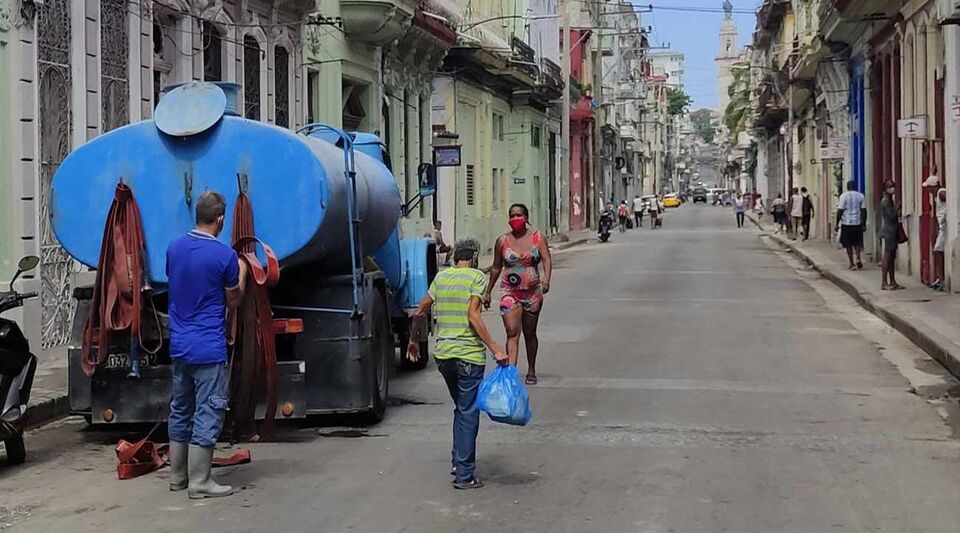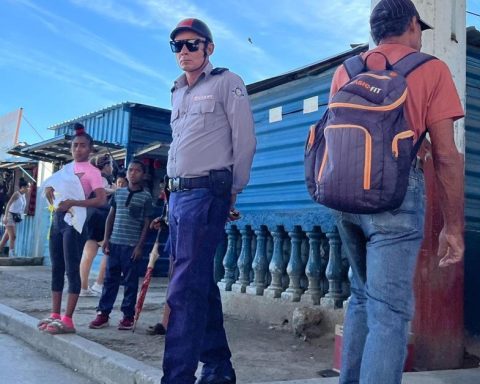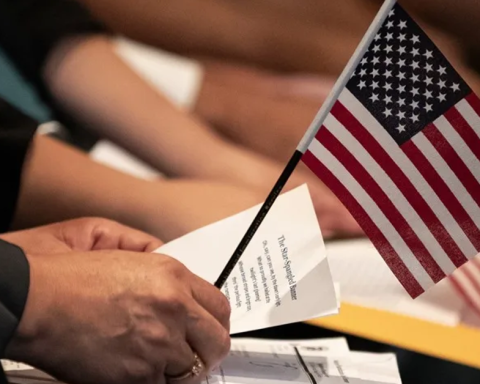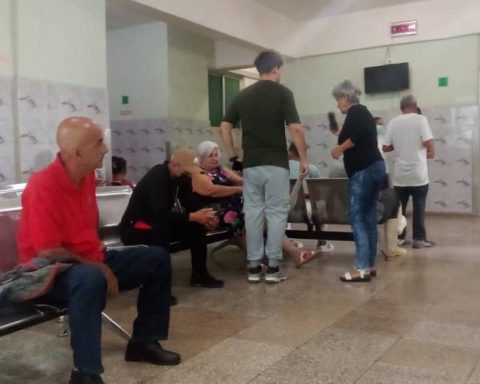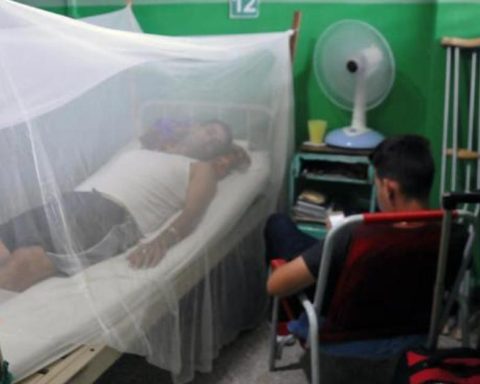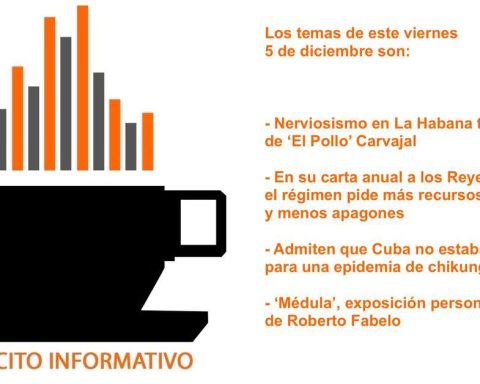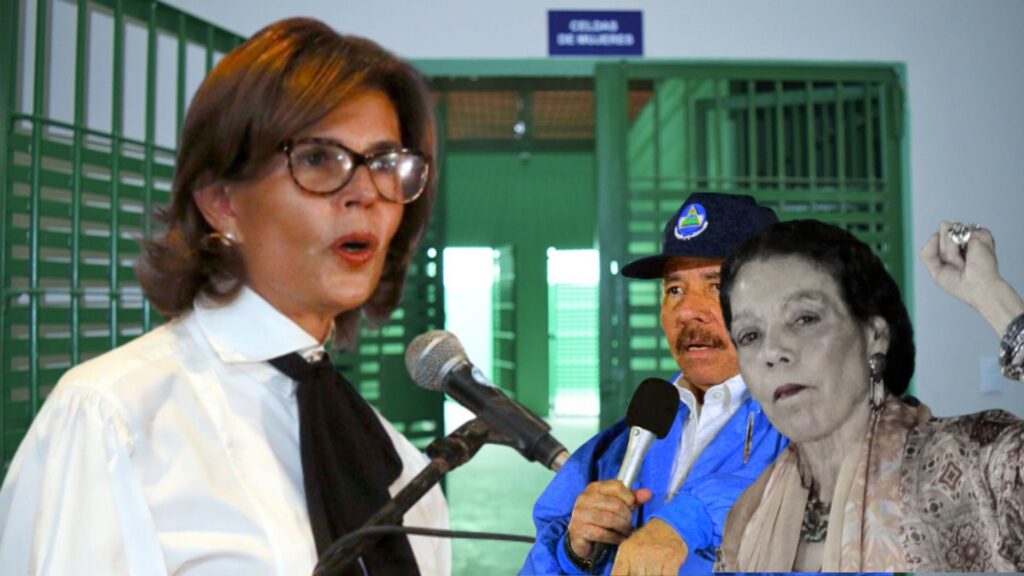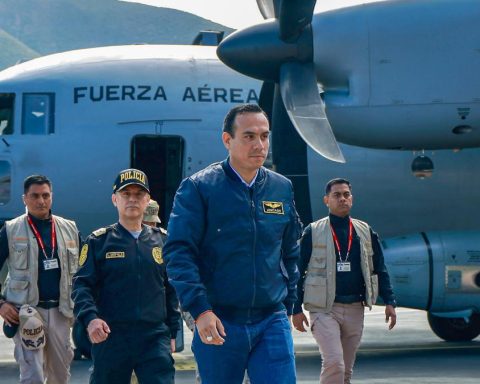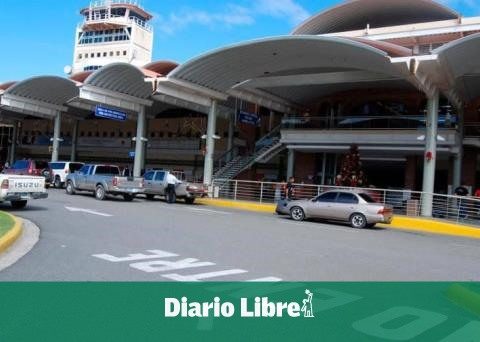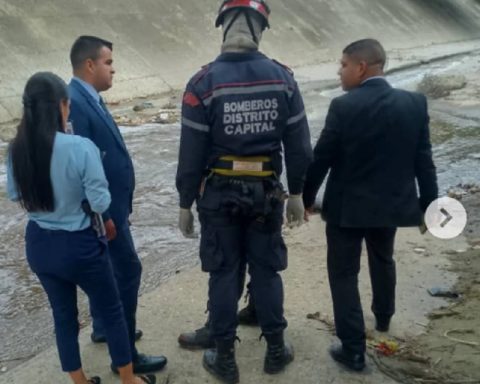Almost a million Cubans have water supply problems, according to authorities admitted this Monday, eve of World Water Day. In the official press, José Antonio Hernández Álvarez, general director of Water, Sanitation and Storm Drainage, has broken down what kind of circumstances occur in each case and has provided an alarming fact: the leaks have doubled with respect to their historical data.
There are more than 6,000 failures through which water is lost. And that only sticking to those who are accounted for. The figure is almost double the record previously provided and 50% are in the capital. In 2015, the president of the National Institute of Hydraulic Resources (INRH), Inés María Chapman Waugh, stated that each year some 3,400 million cubic meters of water were lost through these cracks. Although these data have not been updated, taking into account what was confirmed this Tuesday, some 7,000 million cubic meters of water could be lost in this way.
Since there are more than 4,000 in Cuba, around 400 should be bought, but “in the last three years not even a hundred have been acquired”
As a result of water management problems, around 140,000 inhabitants are affected by broken pumping equipment. Hernández explained that the international norm establishes that each year 10% of the equipment in operation must be replaced. Since there are more than 4,000 in Cuba, around 400 should be bought, but “in the last three years not even a hundred have been acquired,” he points out.
The cause lies in the economic problems of the country that, as usual, have a person responsible: “the intensification of the economic, commercial and financial blockade of the US Government.” Added to this is the pandemic, now also a classic, and, as a novelty, “the international financial crisis”. No examination of conscience, on the contrary. The official and the head of the official press do not point to the serious problems that afflict the population due to the lack of basic necessities, but to the presumed solutions that the Government offers.
Among them, Hernández Álvarez spoke of maintenance and repair operations in hydraulic networks and pumping equipment, and mentioned the promotion of “linkages with national industry, particularly the military” to substitute imports. In this sense, the Technological University of Havana José Antonio Echeverría (Cujae) is studying alternatives for “some parts” of the bombs.
The official also specified that they hope to find collaboration in the private sector for the manufacture of pieces “especially in the range of 20 to 25 millimeters, which are usually the most affected measures.”
Added to the 140,000 affected by the pumping, there are the 418,000 who do not receive the service at the usual times and cycles “due to the drought.” Although the situation affects several provinces, among which he mentioned Guantánamo, Holguín, Las Tunas, Camagüey, Sancti Spíritus and Havana, the greatest concern is focused on Artemisa, San Antonio de los Baños.
In recent days, the residents of San Antonio were informed of the extension of the water distribution cycles, although many maintain that it does not even arrive when it is their turn. The inhabitants of this population denounced 14ymedio the untenable situation they suffer regarding the water supply and that contributed to the outbreak of the July 11 protests in this municipality before spreading to the entire country. Months later there has been no progress, on the contrary, they allude to the problems of drought to extend their distribution schedule, without mentioning the infrastructure problems that, no matter how many rains fell, would continue to be there, allowing water to be lost.
Hernández Álvarez also placed the number of people who receive water by tanker trucks at 400,000 and considered it an achievement, noting that the service is maintained “despite the complex situation in the country.”
Hernández Álvarez also placed the number of people who receive water by tanker trucks at 400,000 and considered it an achievement, noting that the service is maintained “despite the complex situation in the country.” However, it is barely maintained since, as the official indicated, the lack of batteries and tires and “the need for a capital repair of the equipment” hamper the task.
In 2016, Cuba signed agreements with Saudi Arabia worth 80 million dollars, one of them specifically available 29.1 million dollars for financing with long-term credits for the construction of a pipeline and distribution networks for drinking water to Cárdenas, province of Matanzas. Also in 2014, a similar contract was signed between the two countries for the improvement of the aqueduct and sewage system of Camagüey worth 40 million dollars.
For this, the Water and Sanitation company has received financing – the amount of which has not been specified – that will allow it to activate around 108 tankers while “it continues negotiating with importing companies to acquire the necessary supplies.” This piped water service should supply some 800,000 Cubans in the coming months, he specified.
The data was released in the hours prior to World Water Day, whose Council is meeting at a Forum in Dakar to address the general situation in the context of climate change. In an interview with EFE, its president, the French Loïc Fauchon, has assured that water is poorly managed by political leaders, who do not make it a priority and do not contribute to making the population aware of the seriousness of its lack. “We lose sight of the fact that water is life, without water there is no life, without water there is no peace, without water there is no development,” he said.
________________________
Collaborate with our work:
The team of 14ymedio is committed to doing serious journalism that reflects the reality of deep Cuba. Thank you for joining us on this long road. We invite you to continue supporting us, but this time becoming a member of our journal. Together we can continue transforming journalism in Cuba.
